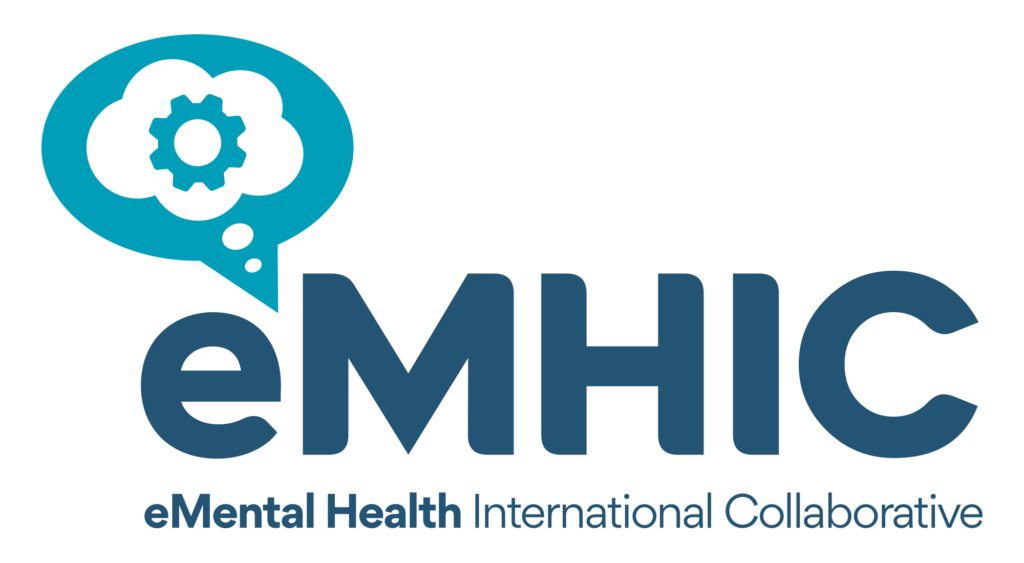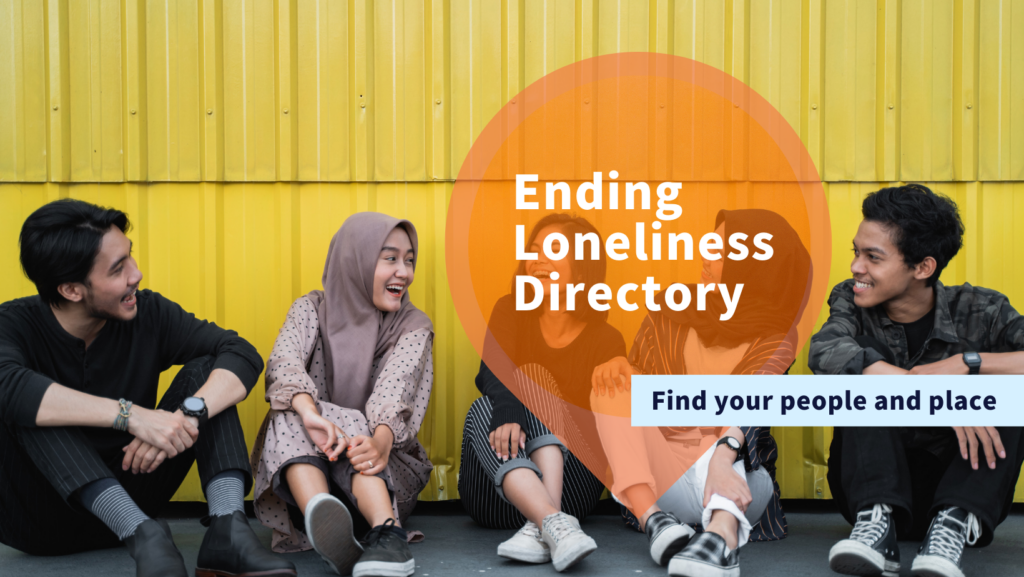Loneliness and social isolation can affect anyone at any age and the COVID-19 pandemic put the global spotlight of attention on our need for social connection. Loneliness is not just a social problem, it has a negative impact on our health and wellbeing. Loneliness is linked to an increased risk of suicide, cardiovascular disease, onset of dementia, and a wide range of mental health conditions such as anxiety and depression.
Ending Loneliness Together (ELT) is the peak body in Australia committed to evidence-based action to reduce loneliness across the whole community. With loneliness on the rise, ELT recognised that improving access to relevant services has become a priority. In response, they developed the Ending Loneliness Directory – a national, online directory of services focused on reducing loneliness and strengthening social connection.
A vital community resource
Launched on Neighbour Day, 26 March 2023, the Ending Loneliness Directory was developed with industry partner Infoxchange, along with input from people with lived experience of loneliness, service providers, and loneliness researchers. It is designed to help people to find and access the right services, in the right place, aligned with their needs and preferences.
One in four Australians say they feel lonely all or part of the time. That’s an estimated 5 million people, from all ages and backgrounds. In the wake of the pandemic, one in two Australians say they feel lonelier than they did before. These figures are striking and a similar picture is emerging worldwide. Given the scale and significance of the problem, loneliness is now recognized a major public health challenge across the globe.
In Australia, as elsewhere, there are many general online community directories, but none adequately capture services for loneliness and building social connection. To be effective, an online directory needs to provide comprehensive, accurate, and up-to-date information about services available that meet a user’s needs. Without this, a directory can be frustrating, inefficient, and untrusted, and subsequently usage can rapidly decline. The Ending Loneliness Directory is designed to meet these requirements. In addition, since loneliness can affect anyone, it is designed to be easy to access, navigate, and understand for people from different age groups and backgrounds. The Directory provides a free, accessible, and anonymous resource, in a single centralized website, helping people to address their loneliness and improve their social connections.
In addition to helping people seeking services for themselves, the Ending Loneliness Directory also assists those seeking help for their family or friends, as well as healthcare professionals involved in social prescribing – an increasingly popular model of care that links people with social needs to services in the community to improve their health and wellbeing. One of the main challenges that healthcare providers face is knowing what resources exist in the local community, or online, that can be used for individualised social prescriptions. Drawing on feedback from people with experience of loneliness, the Ending Loneliness Directory allows users to search for different types and locations of services, including in-home (online or face-to-face) and community-based services, care provided by registered healthcare professionals, and crisis support. A geo-location feature is also provided to make finding services easier.
Challenging the stigma of loneliness
Evidence shows that feeling lonely is perceived to be a sign of personal weakness and is a source of shame. With this in mind, the Directory is designed to reduce the stigma of loneliness, and motivate action, by normalizing the experience with facts, with statements such as “Our need to connect with others is a part of being human” and “There are things we can do to feel less lonely, and in turn live a healthy, happy and fulfilling life.”
First impressions and second looks
Since going live, feedback on the directory has been extremely positive and attention on social media has been strong. In its first six weeks of operation there have been 76 requests for new services to be listed, and over 4000 visits to the website. What is clear is that while demand for services is high, the distribution is uneven, leaving many Australians, especially those in regional and remote areas, struggling with ongoing loneliness. Ending Loneliness Together plans to conduct formal evaluation to guide future developments of the Directory and to expand its reach, so that we can live in a world where everyone feels a sense of connection and belonging.
Explore the Ending Loneliness Directory here: https://endingloneliness.com.au/search/
Learn more by contacting: info@endingloneliness.com.au
References
- Ending Loneliness Together (2022). Strengthening Social Connection to Accelerate Social Recovery: A White Paper. https://endingloneliness.com.au/ending-loneliness- together-white-paper-social-connection-to- accelerate-social-recovery
- Badcock, J.C., Holt-Lunstad, J., Garcia, E., Bombaci, P., & Lim, M.H. (2022). Position statement: addressing social isolation and loneliness and the power of human connection. Global Initiative on Loneliness and Connection (GILC). https://www.gilc.global/general-6
- Our Epidemic of Loneliness and Isolation: The U.S. Surgeon General’s Advisory on the Healing Effects of Social Connection and Community. https://www.hhs.gov/surgeongeneral/priorities/connection/index.html#advisory
- Barreto, M., van Breen, J., Victor, C., Hammond, C., Eccles, A., Richins, M. T., & Qualter, P. (2022). Exploring the nature and variation of the stigma associated with loneliness. Journal of Social and Personal Relationships, 39(9), 2658–2679. https://doi.org/10.1177/02654075221087190




